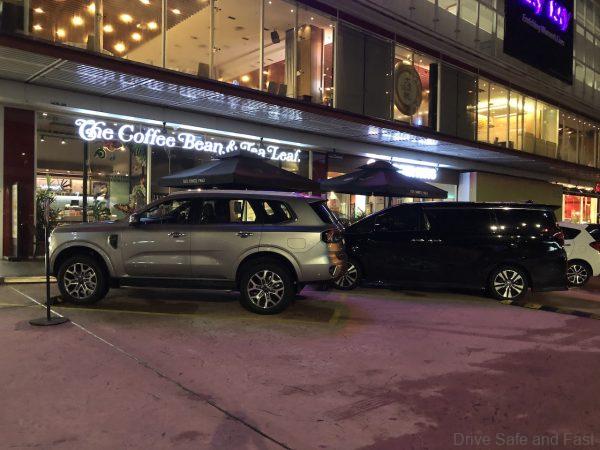Can we really call the Ford Everest a luxury SUV or not…
In the past decade or so, most car buyers want to be driving something that looks like a SUV and be called a SUV, whether or not it is really a SUV!
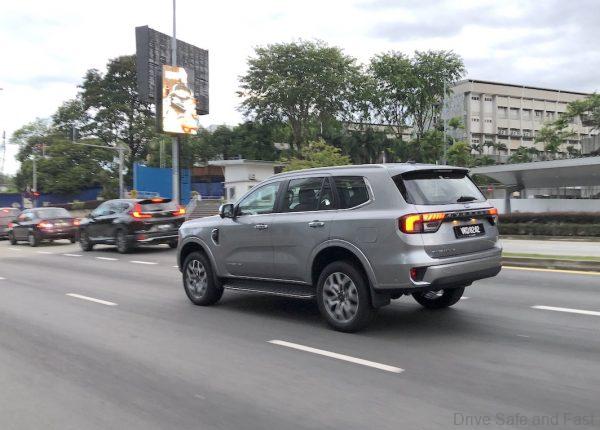

Why we say ‘looks’ is simply because there are a lot of car based SUV’s today on sale that are really high riding station wagons made to look like tall SUV’s to fuel the rising demand for this type of ‘vehicle’.
Meanwhile, we have proper designed SUV’s coming into the market and getting less attention because they do not carry enough ‘spice’ in their design and branding to garner attention.
One such ‘real’ SUV is the Ford Everest. Yes, the Everest is and has been a proper SUV from the first model some two decades ago.
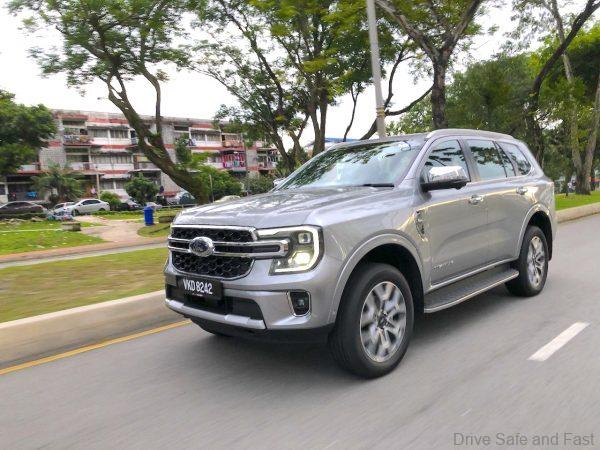

Designed from the very beginning to be a SUV for the Asia Pacific region, the Everest shared its mechanicals with the ‘tough’ Ford Ranger pickup truck. Engines and cabin features were shared and its rise in popularity in Asia Pacific was very good until ‘softer’ SUV’s arrived in its price range offering the comfort and luxury of a passenger car in a tall vehicle.
Buyers slowly moved away from the Everest to SUV’s like the Hyundai Santa Fe, Mazda CX-8 and Mitsubishi Outlander.











The first Everest arrived in Malaysia sometime in March 2003 and sold very well and the outgoing Everest that arrived in March 2016 did not make its mark in Malaysia despite having great features and being very tough as its sibling, the Ranger Wildtrak.
LIVING INSIDE THE EVEREST
Now comes a brand new Everest and this urban-style SUV now boasts a number of premium features seen in Ford’s line-up of high-end SUV’s (not sold in Malaysia) such as full leather seats, 10-way front power seats with power 3rd row seats, reclining angle comfort rear seats, rear cooling vents, SYNC4 cabin entertainment with premium sound system and soft touch material used around the cabin like in premium brand SUVs.

This Everest offers a seven-seat arrangement courtesy of two additional fold flat seats in the boot.
The additional seats are comfortable enough and are a welcome addition when situations arise but space can be a little testy for full sized adults over long distance runs. The luggage compartment itself has neat storage areas under the floor and provides good storage space.
Safety features are very good and class best from the usual ADB, EBD, ESC and what-not, the Ford Everest also comes equipped with a new version of the adaptive cruise control, a new active park assist, evasive steer assist, rear cross traffic alert and autonomous emergency braking. All of which have been optimized to ensure the highest level of safety for Ford customers.
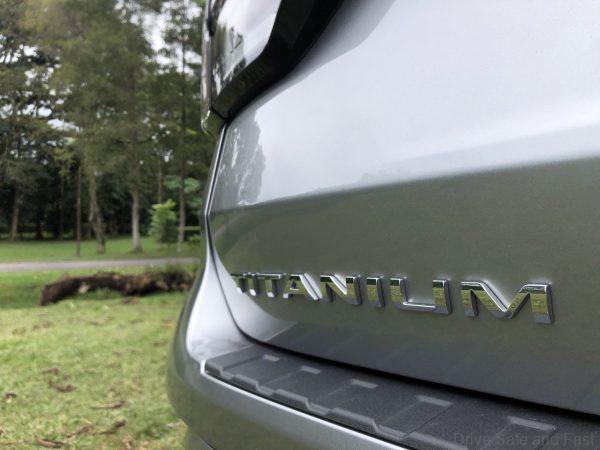




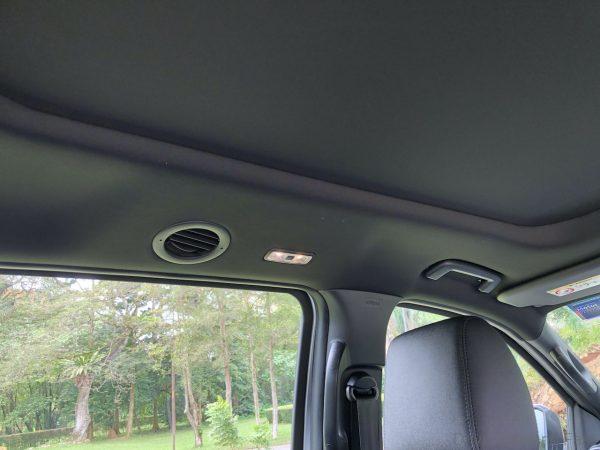






DRIVING THE EVEREST
For a SUV that weighs a little over 2 tonnes, the Everest certainly is no slouch in any regard. Prodding the throttle kicks the car into action, and in the wet you can feel the traction control grabbing at the wheels to keep them from spinning away.
Propel this behemoth into a corner and you will be presented with a little bit of body roll and some slight understeer, but feathering the throttle snaps this Everest back in line and pulls you through the corner with little fuss.

But to be fair, who would honestly try to drive an Everest like a hot hatchback? Save for those occasions when you are running late for a meeting, you are most likely going to be either at high cruising speed on a tolled highway or in stop and go traffic in inner city commuting, and the Everest does city commuting very competently whilst being a very competent off-road vehicle when needed.
As ever, the benchmark undermines the actual real world strength of the Ford’s diesel performance, which is impressively muscular. The 10-speed gearbox suits the 2.0L Bi-Turbo engine perfectly and keeps it spinning in the heart of the torque curve smoothly and efficiently. It also works well to give this Everest class leading economy.









Delivery is smooth at all gears and even in heavy traffic the diesel clatter is negligible inside the well insulated premium feel cabin.
The suspension set-up delivers a saloon car-like comfort on the tarmac and control with minimal body roll, whilst the new steering design offers improved precision and feel. All in all, this is Ford’s world class engineering excellence in full effect for Asia-Pacific buyers.
It is just that its target audience has too many options available right now and the Malaysian import tax system favors local assembled SUV’s and not fully imported SUV’s like the Ford Everest.
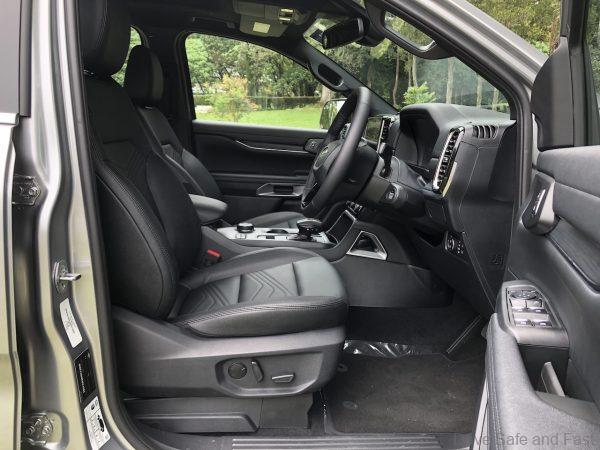





Ford Everest Titanium 2.0-Diesel Specifications
Engine: 4-cylinder Bi-Turbo Diesel
Capacity: 1,996cc
Power: 210bhp @ 3,750rpm
Torque: 500Nm @ 1,750-2,000rpm
Transmission: 10-speed auto with SelectShift & e-Shifter
Top Speed: 190km/h
0-100km/h: NA
Price: RM308,888.00
